Capitale de la Sardane and Ville Européenne du Vin
A day on the beach, a trek in the mountains, a drive along the pretty coastal or winding mountain roads….we’re never short of things to do and places to go in the P-O. Today however, we’re out on the town for a wander around a few of the delights of historic Perpignan with its colourful mix of old and new, chic and shabby, trendy boutiques, narrow, cobbled streets and small intimate bistros.
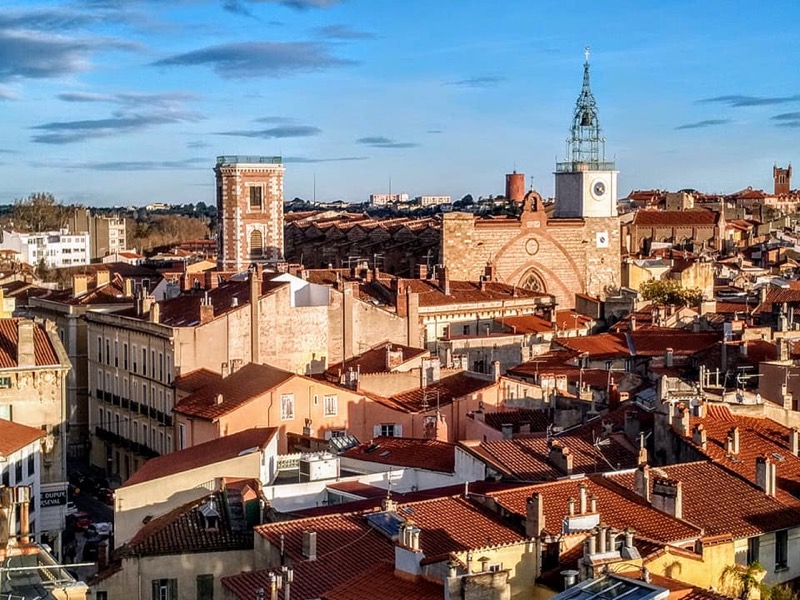
A thirty minute drive from the Spanish border, this cultural capital of Catalonia North owes much of its heritage and cultural development to the kings of Majorca, whose palace still dominates the town. With beautiful chapel, some rather austere royal apartments and a grand courtyard, the palace is very slightly off our city centre circuit today but a must-see another time, if only for the superb view from the impressive red brick ramparts across the city roofs to Canigou and Queribus.

The city walls built by Vauban are long gone, but the XIV century Castillet, our starting point today remains.
Gateway, fortress, prison, and today a museum of Catalan History, climb the spiral staircase of La Casa Pairal (entrance: 2€) to the terrace, added to support cannons. The views across the city, the plain of Roussillon, and the sacred Mount Canigou are spectacular.
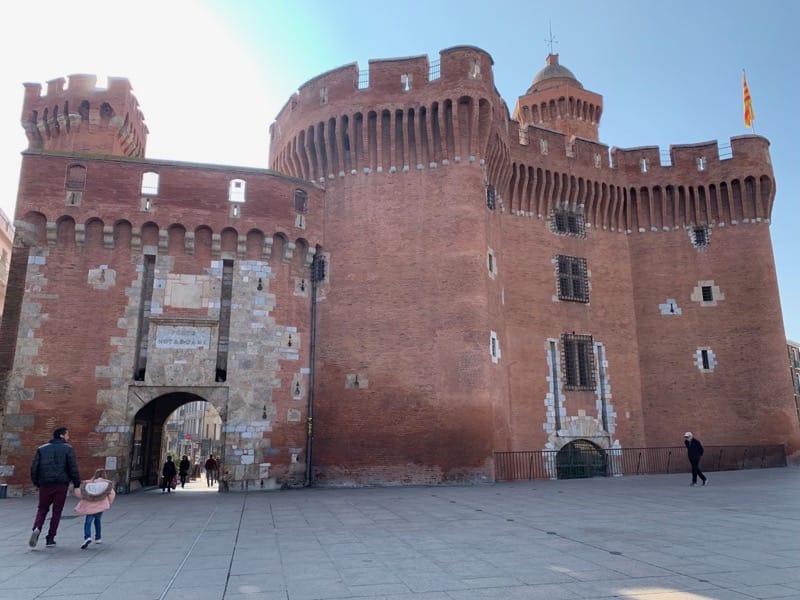
From the Castillet, head along the rue des Marchands towards the place de la Loge, formerly called the ‘Place des Hommes Riches’, and paved with marble. On the corner, the newly located tourist office has replaced the 1397 Loge de Mer, once the Stock exchange and HQ for maritime affairs.
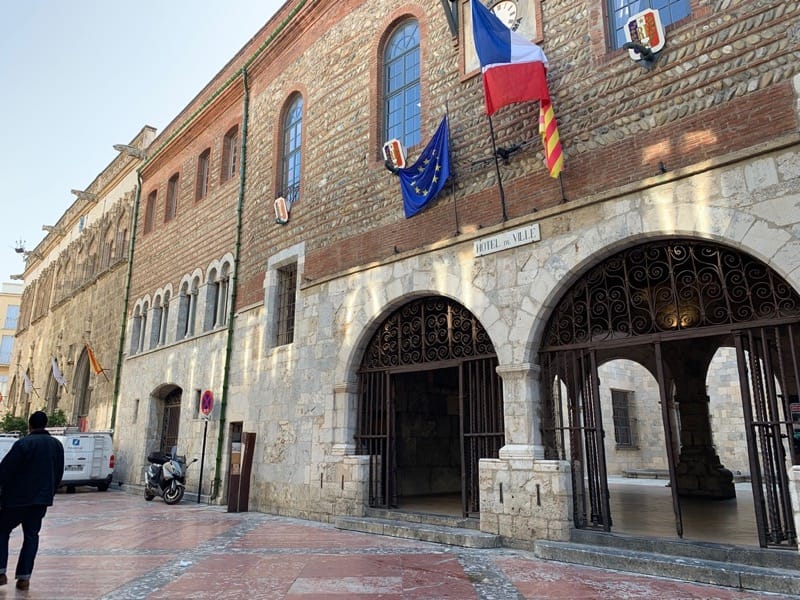
Next door, the XVI century Town Hall has three hands sprouting from the wall, representing each of the main 3 social classes, and their right to vote. Step through the attractive arched entrance into a pleasant courtyard where “La Méditerranéenne” (also known as ‘La Pensée”), bronze statue by Maillol, sits in a pretty pool.

To the left, take a wander around the cool and plush ‘Salle des Mariages with magnificently ornate ceiling, restored in 2008 but originally designed for a visit from Napoleon 1. An ancient and fabulous place to pledge your troth if you’re thinking of taking the plunge!
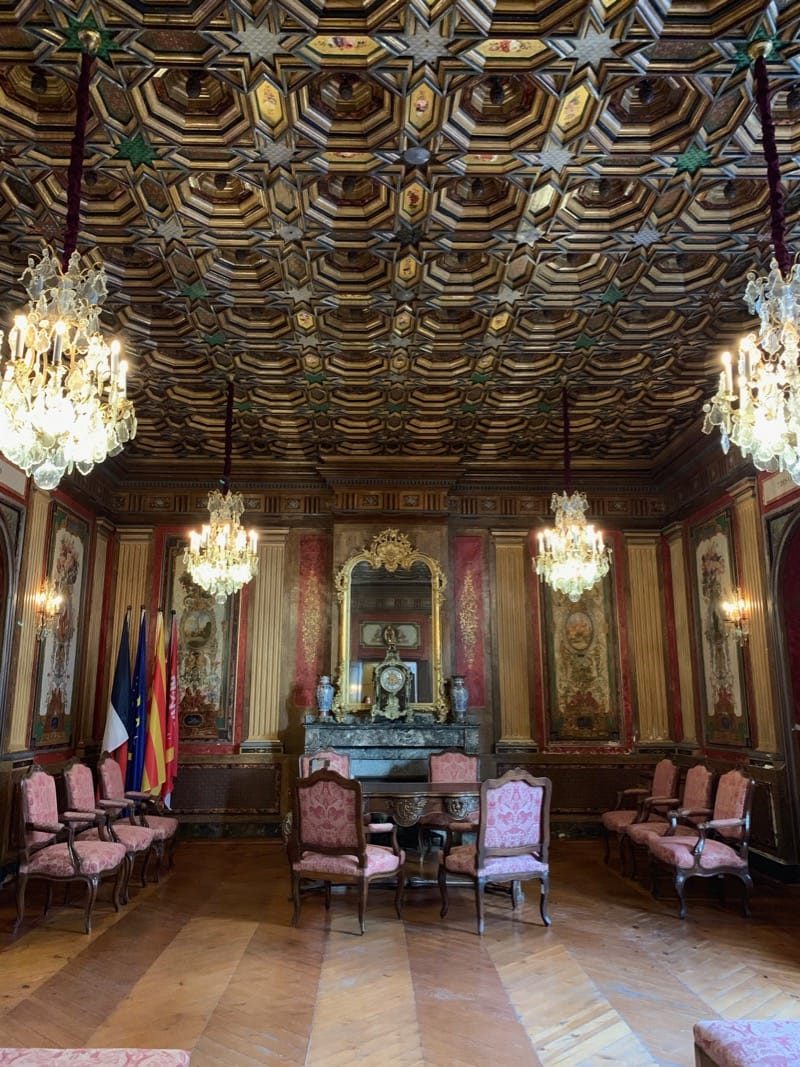
Next door, the 15th century Palais de la Deputation, once the seat of the Roussillon Parliament, was the setting for many a grisly execution.
From Place de la Loge, take the narrow Rue Saint Jean opposite the tourist office towards the Gothic Cathédrale Saint-Jean-Baptiste in the pretty and peaceful Place Gambetta. The vast, rather sombre interior houses some spectacular religious art, an impressive 5 XIV century organ and a large pre-roman white marble baptismal font.


The original old Romanesque St Jean le Vieux is joined to the cathedral by huge buttresses but is unvisitable. It houses some very secular electricity equipment as well as the tomb of Sanch I.
Just a few minutes walk away is the Campo Santo, one of only two cloister cemeteries in France, whose graceful arcades contained the tombs owned by wealthy burghers in the Middle Ages. Today it is an idyllic outdoor setting for open-air concerts, theatre and yearly screenings for the popular Visa Pour l’Image photo journalisme Festival.
Booking.com
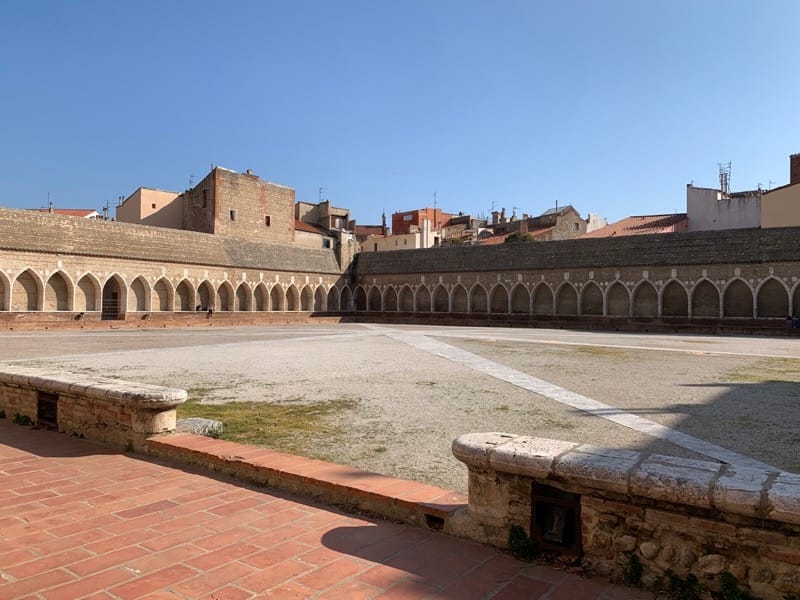
In fact, most religions were represented in Perpignan during the Middle Ages and many ancient chapels and monasteries are now used for exhibitions and concerts.
Only a little way off our city circuit, the rambling 15th century Couvent des Minimes is now the International Centre for Photojournalism. Entry is free and fascinating to these all-year-round, diverse exhibitions of photojournalism.

Closed at the time of writing, but worth bearing in mind for a future visit, the Chapelle du Tiers-Ordre de Saint-Dominique in the Place de la Révolution française took almost a century to complete. A small courtyard joins it to the Chapelle des Dominicains, until recently, the base of the French Foreign Legion, where the “Trabucayres”, (bands of highwaymen) who terrorised the roads of the Albères in the mid 19th century were tried and condemned to death or hard labour.
Also worth a visit is the recently restored church of St Jacques in the inner-city quarter St Jacques, a colourful part of the town with mix of native French, North Africans and Gitanes, an area with fascinating ambience, despite its crumbling, impoverished appearance. This relatively unknown church dates back to the 14th Century, and the interior is as impressive as Perpignan’s cathedral.

On now to an art deco gem, the Hotel Pams in the Rue Emile Zola, one of several beautiful old ‘hotels particuliers’, elegant private mansions of the Perpignan Bourgeoisie.
Pierre Bardou of JOB cigarette paper fame bought it along with several surrounding houses in the 1850s. It has enormous Art Deco Pre-Raphaelite paintings on the walls, a stunning entrance hall with an amazing light well, and a delightful hidden garden. Adjoining the house is the old cigarette factory where many people were employed. Entrance is free and it’s a perfect spot to sit a while.

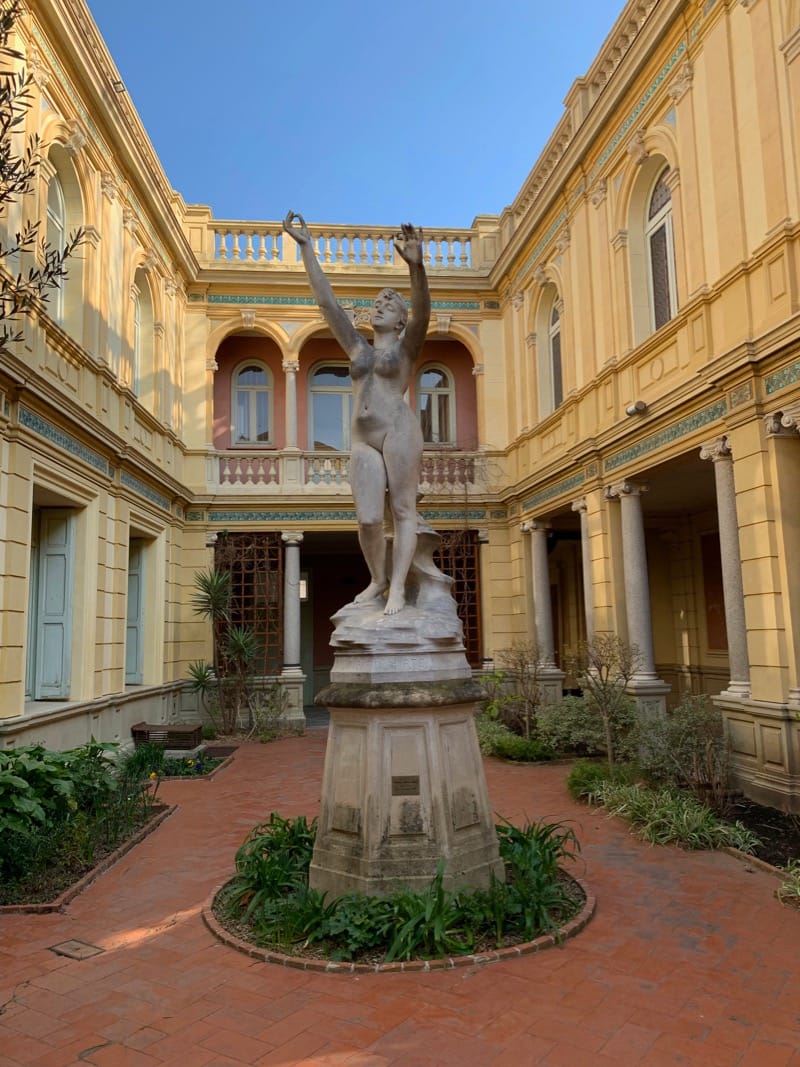
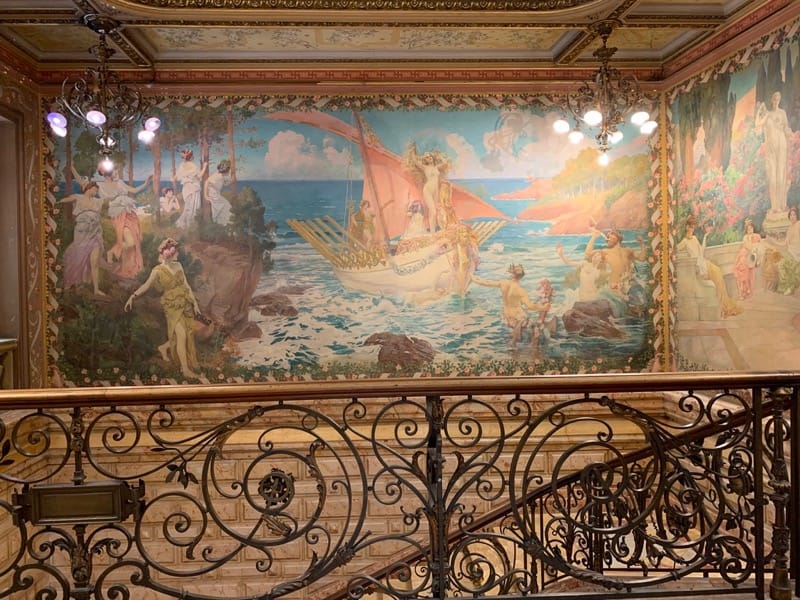
A short distance away from the Hotel Pams is the Gothic Casa Xanxo, house of Art and History, another example of the XVI century wealth of the Perpignan merchants. Undergoing long term renovation, admission is nevertheless free to the courtyard and decorative sculpted architecture of the ground floor arched entrance.
Our final visit today is the Museum of Beaux Arts Hyacinthe Rigaud, newly-renovated and boasting an impressive array of both permanent and temporary exhibitions. A creative melting pot of Hispanic, Italian, Flemish… and of course, local greats such as the museum’s namesake, Hyacinthe Rigaud, and the revolutionary Aristide Maillol.

Time for a cold beer or a frothy coffee? You’ll be spoilt for choice as you stroll through shady and ancient cobbled streets past inviting inner courtyards‚ havens of calm but also surprises, shady terraces and sunny squares, private art galleries, museums, and quirky boutiques.
Between festivals, concerts, dancing, theatre, wine, food and ancient tradition, there’s always something going on in Perpignan. Check out the Tourist Office for more info.
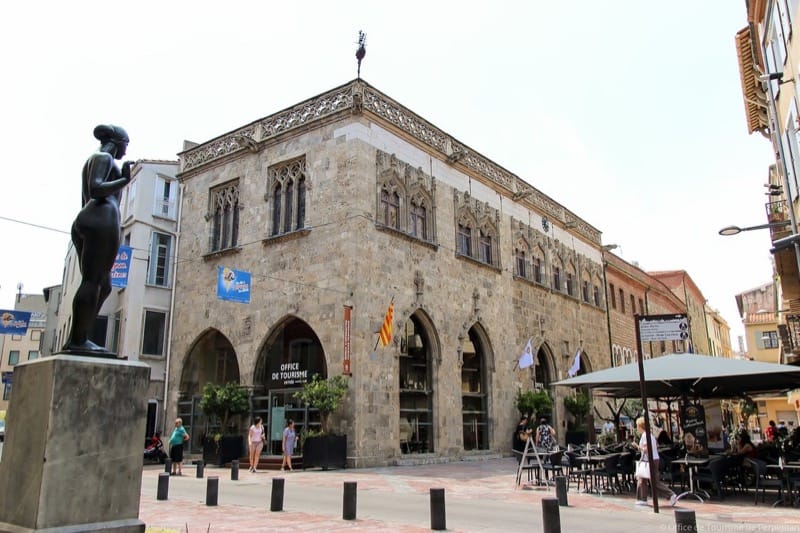

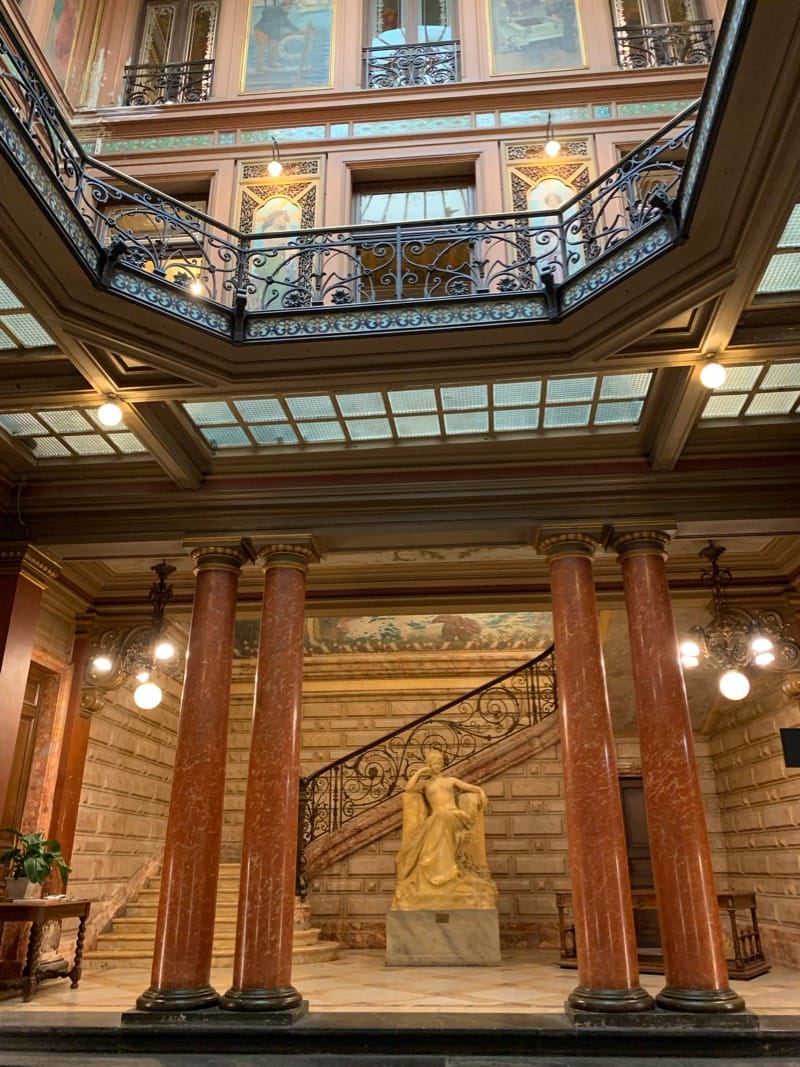
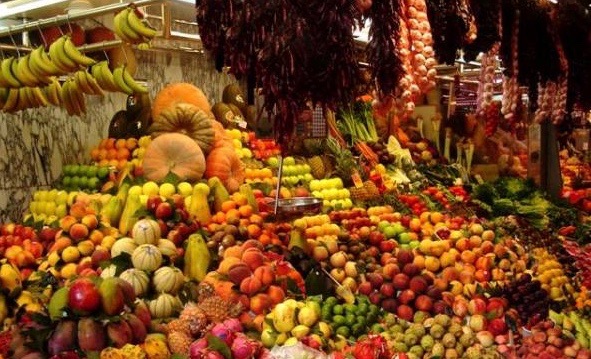
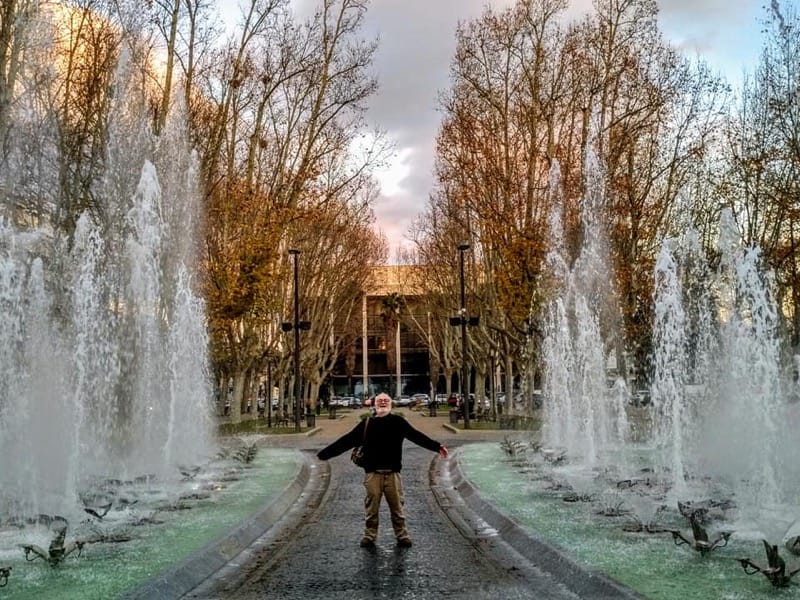
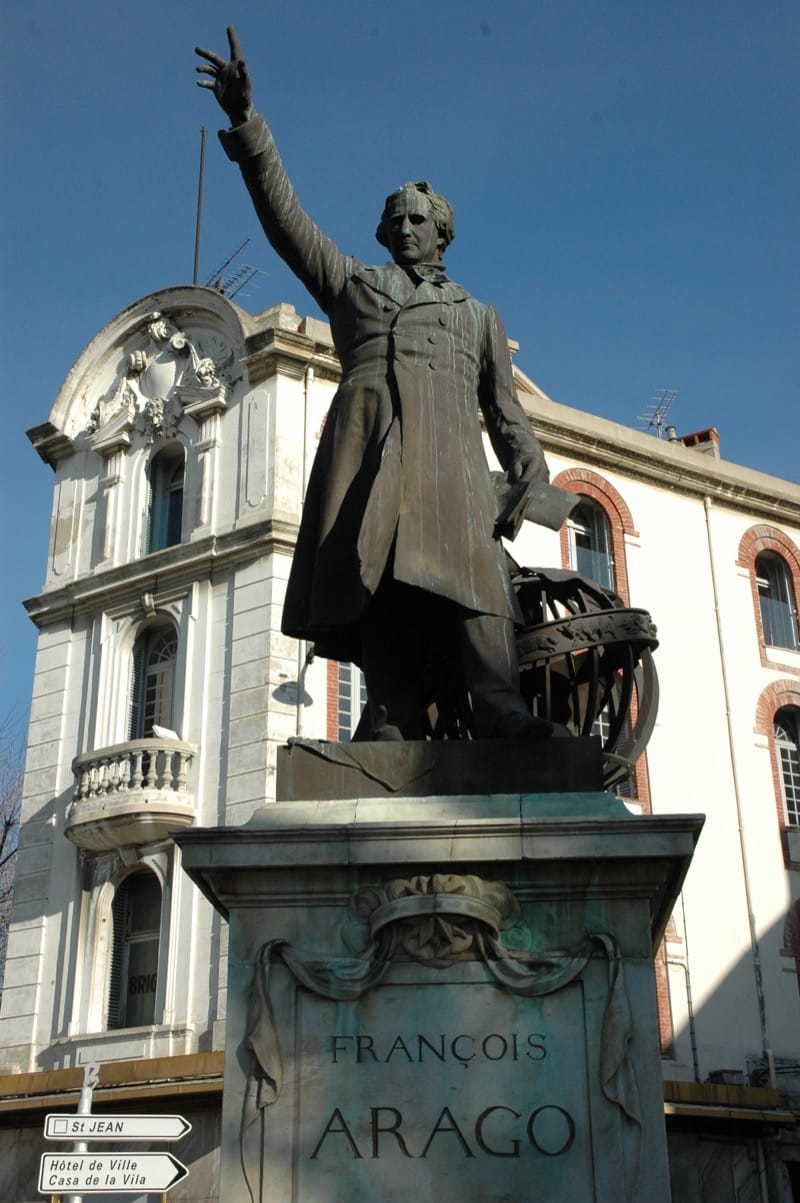
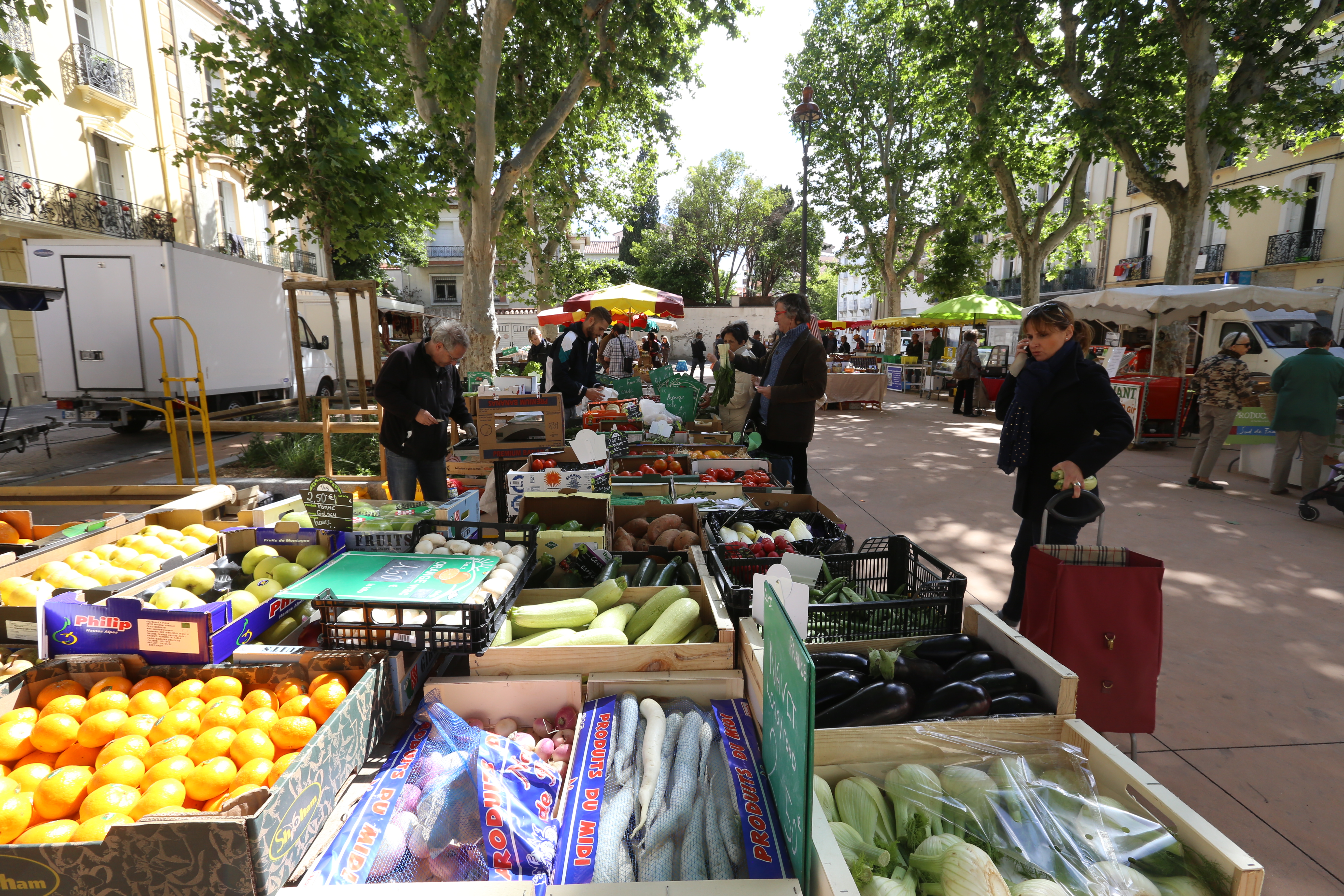

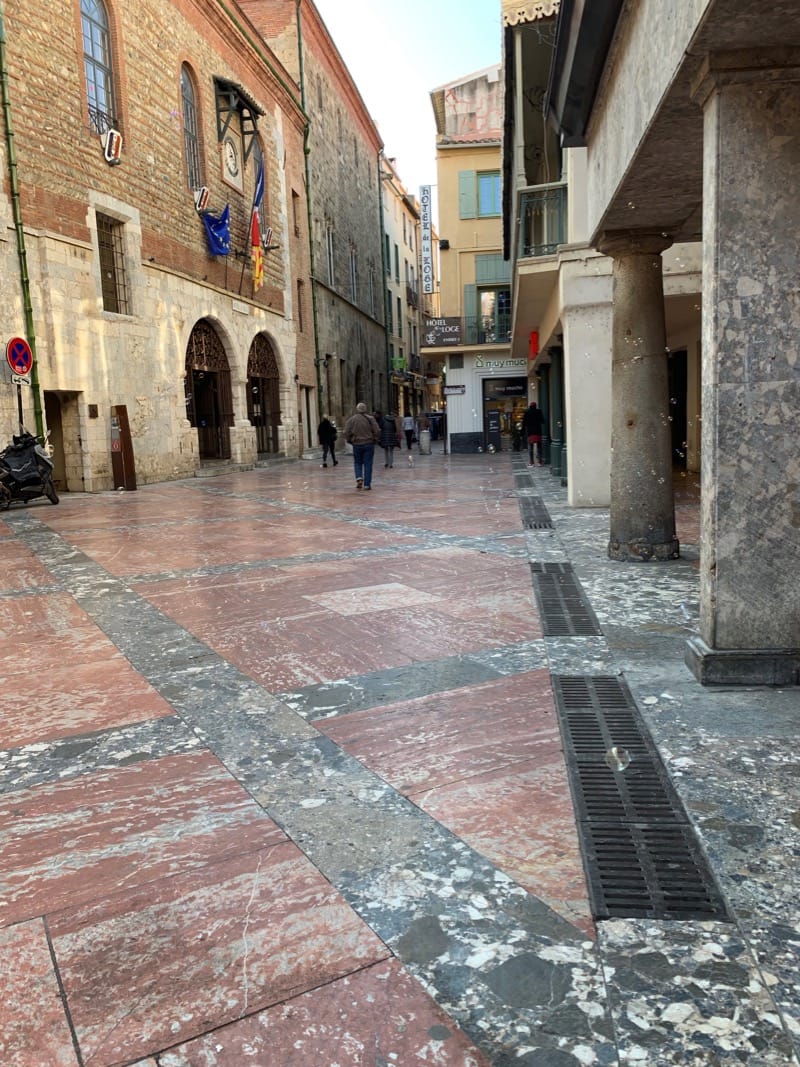

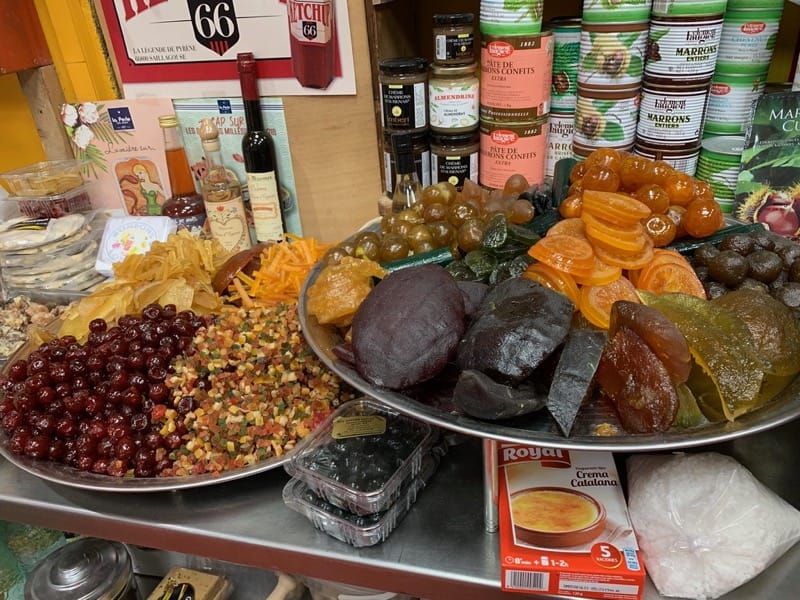
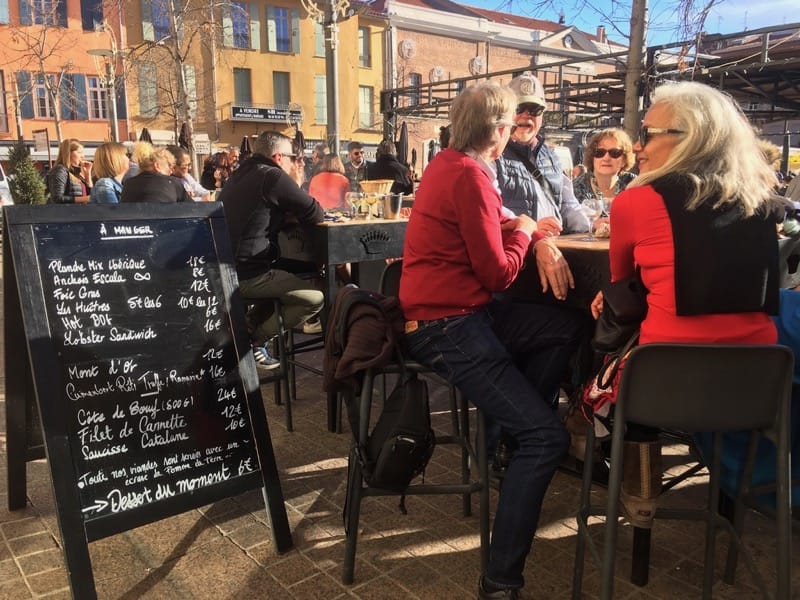


“Wowee” as Borat would ssay. This article includes every single place of interest in Perps . Thank you for all this info. And thank you for the enticing photos. Let’s off and wander around and admire the town which we ex-pats have adopted.
No….I mean the town which has adopted us.